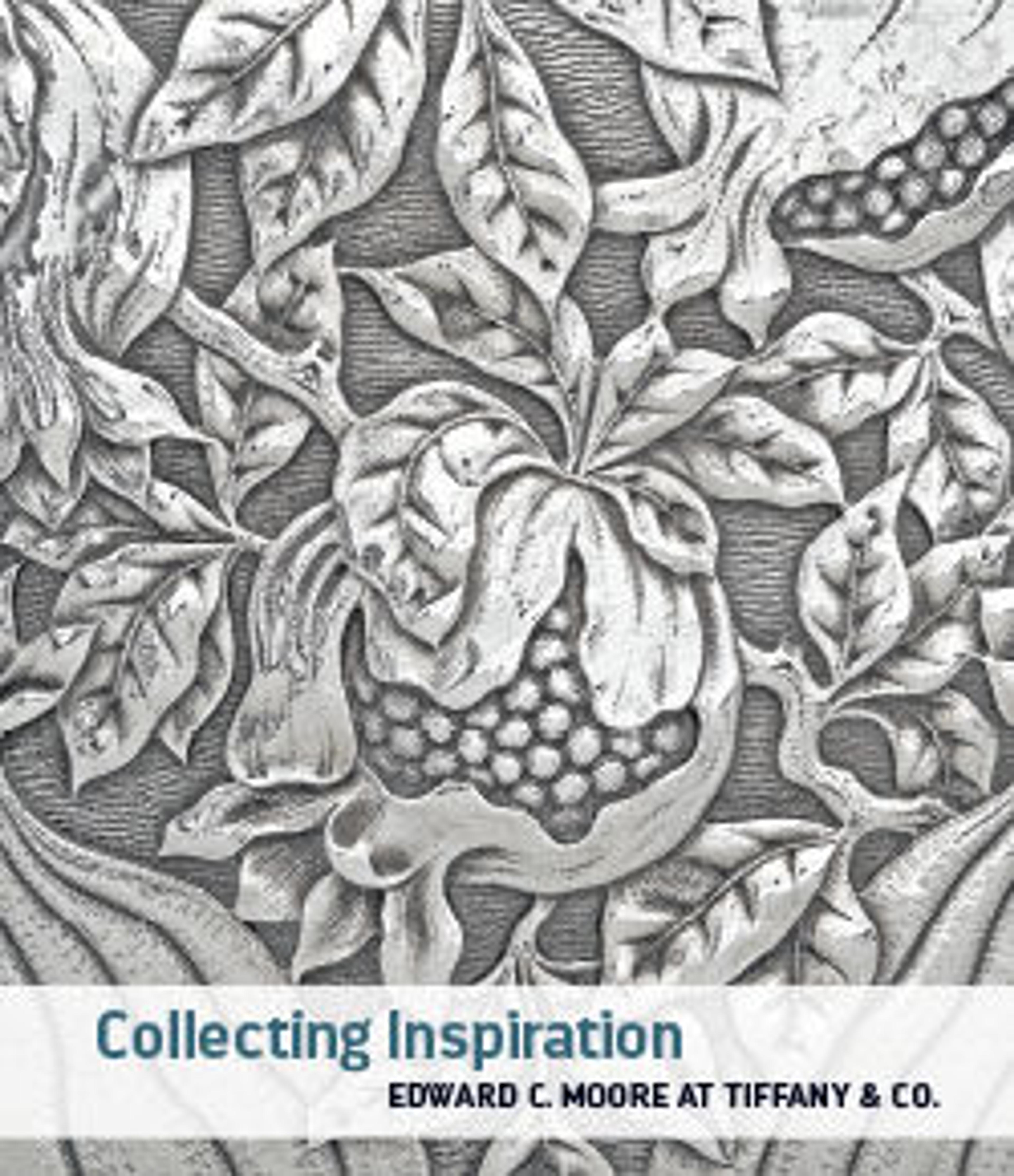Noh Robe (Karaori)
The sumptuous robes worn by actors of the Noh theater are vital to the representation of each character’s gender, social status, and age. Their treasure trove of patterns and textures likely prompted Moore to add Noh costumes to his collection. Karaori (literally, “Chinese weave”) is a term for the elaborate garments typically worn as outer robes by performers in female roles. The twill silk, woven so that the wefts float on the surface, gives the fabric an embroidered appearance. Robes for female roles feature motifs from nature; the example here, embellished with white peonies in roundels against red ground (iro-iri), denotes the role of an aristocratic young woman.
Artwork Details
- Title:Noh Robe (Karaori)
- Period:Edo period (1615–1868)
- Date:second half 18th century
- Culture:Japan
- Medium:Twill-weave silk with brocading in silk and supplementary weft patterning in silk (karaori)
- Dimensions:Overall: 68 x 50 3/4 in. (172.7 x 128.9 cm)
- Classification:Costumes
- Credit Line:Edward C. Moore Collection, Bequest of Edward C. Moore, 1891
- Object Number:91.1.61
- Curatorial Department: Asian Art
More Artwork
Research Resources
The Met provides unparalleled resources for research and welcomes an international community of students and scholars. The Met's Open Access API is where creators and researchers can connect to the The Met collection. Open Access data and public domain images are available for unrestricted commercial and noncommercial use without permission or fee.
To request images under copyright and other restrictions, please use this Image Request form.
Feedback
We continue to research and examine historical and cultural context for objects in The Met collection. If you have comments or questions about this object record, please contact us using the form below. The Museum looks forward to receiving your comments.
